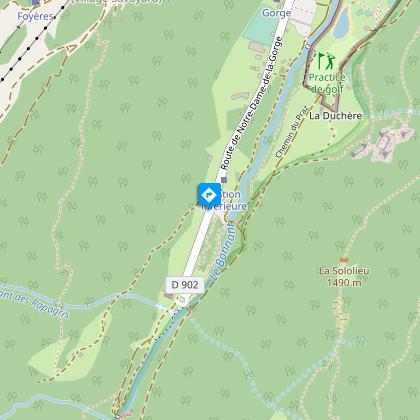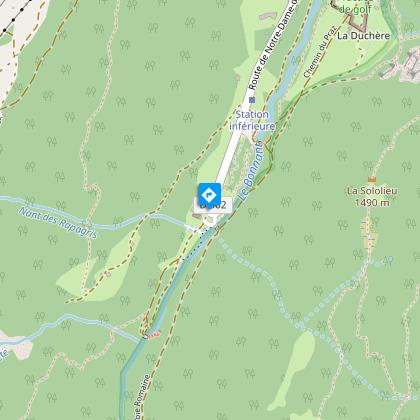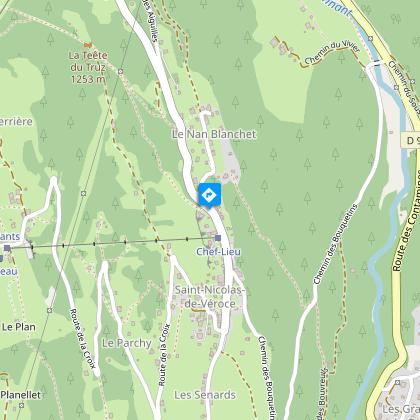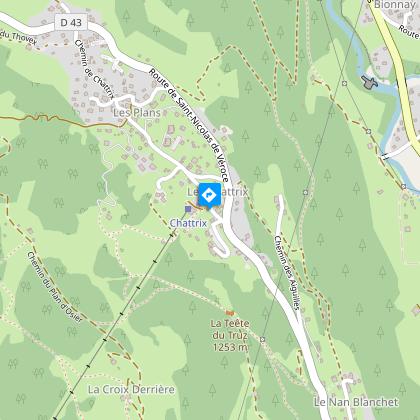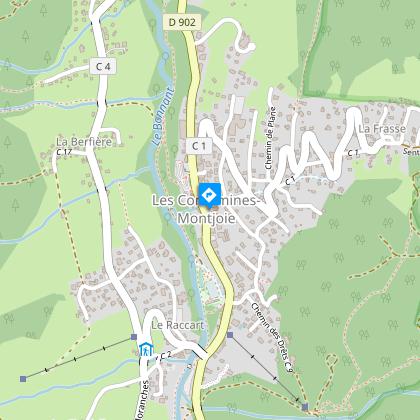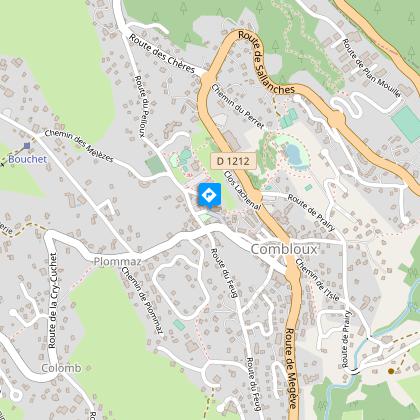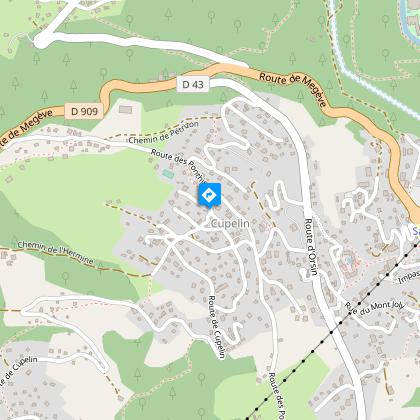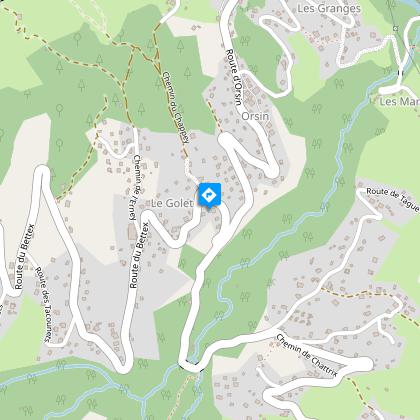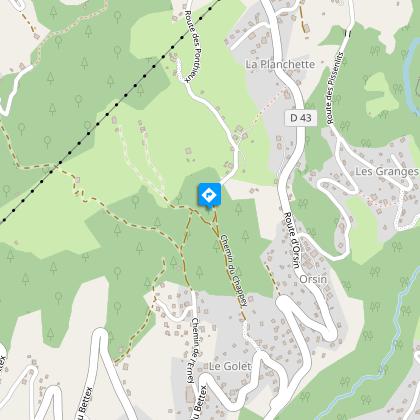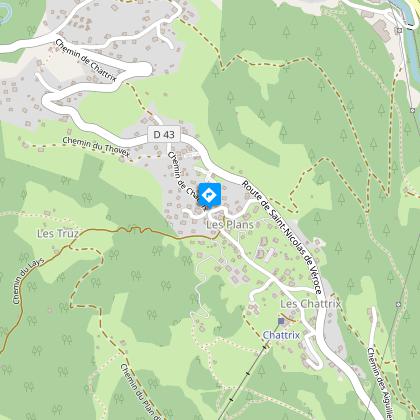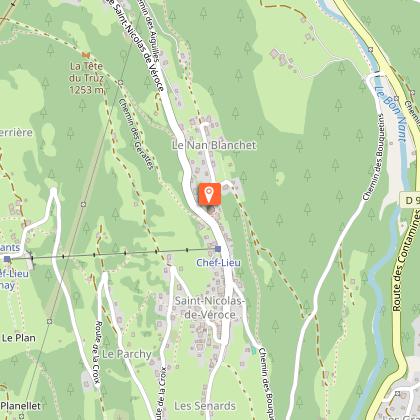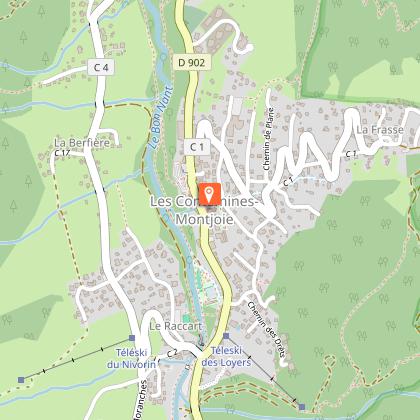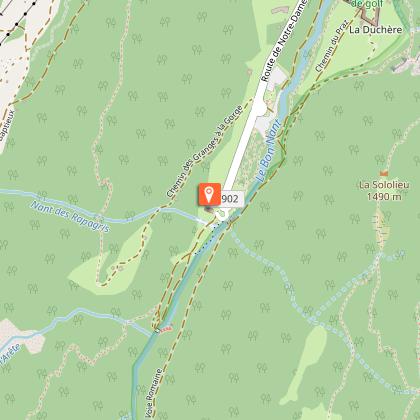Alert
Alerts
Hiking "The Baroque Path"




IGN cards


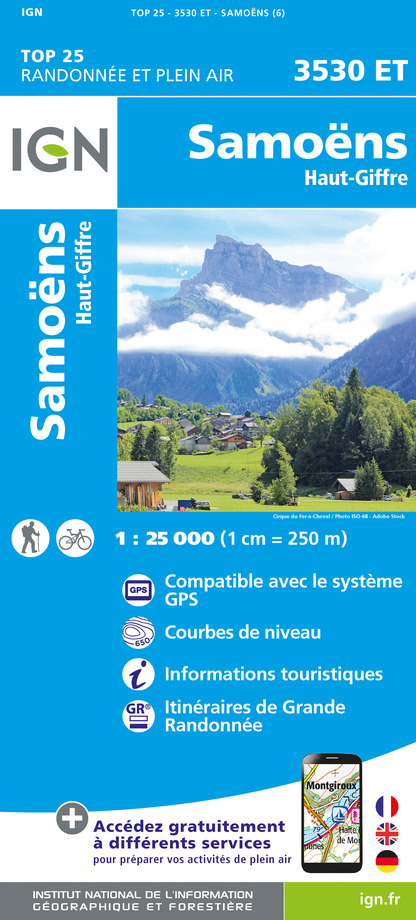
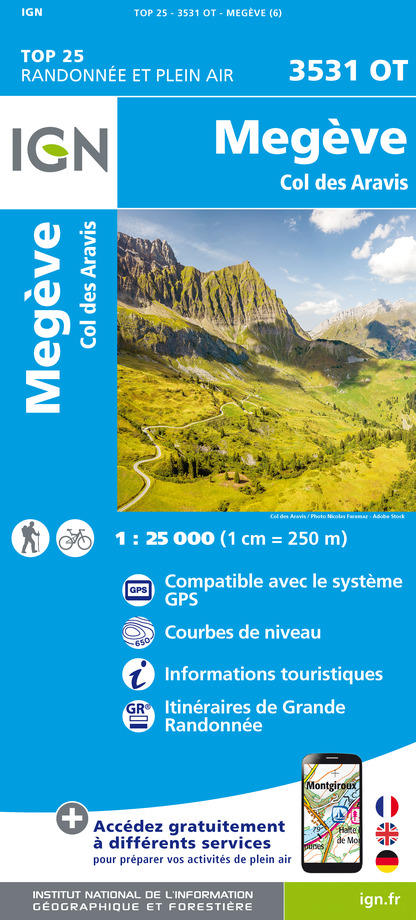


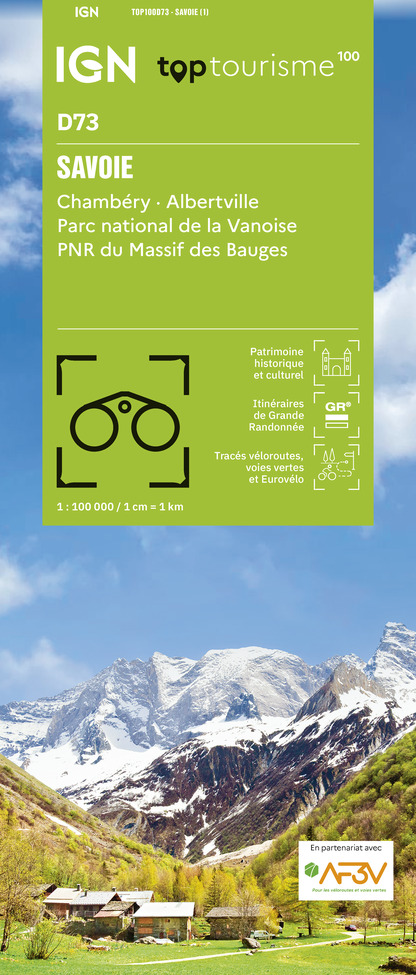
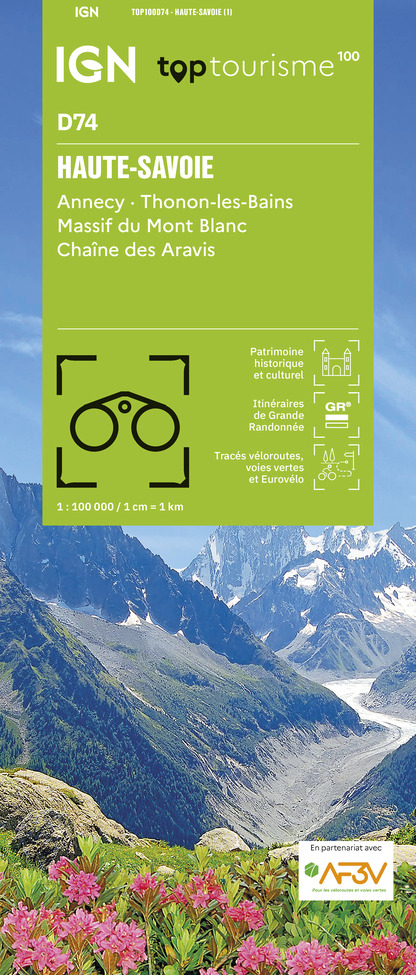

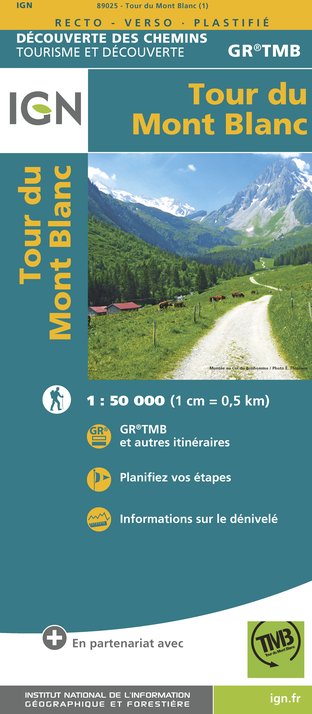

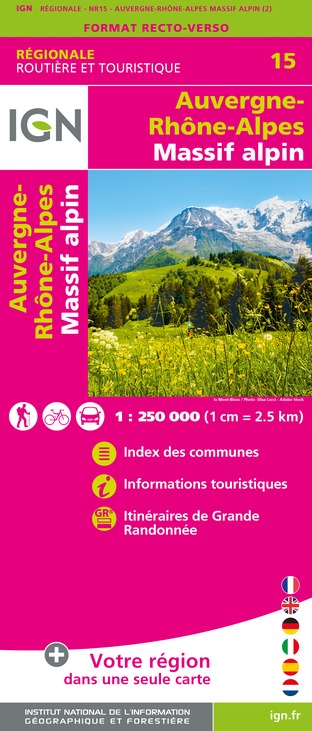

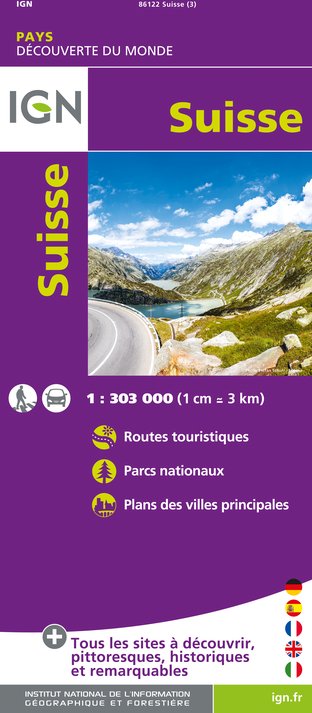

Description
The Baroque Trail invites you to discover 10 remarkable churches, chapels and numerous oratories.
A stroll full of charm, accessible, which will allow you to discover some of the wonders of Baroque art.
Departure: Saint Nicolas Church (Combloux).
Height of departure: 980m
Height of arrival: 1170m
Accessible to pushchairs: no
Type of path: rocky path, fields, and road.
Difficulty: sportive walk (because of its duration) but no particular difficulties,
Marking: yes
A map of the Baroque Path is available at Cordon, Combloux, Saint-Gervais and les Contamines Montjoie tourist offices.
Good to know: Churches are open during the day. Chapels are closed except during guided visits.
This path is also accessible to bikes.
Technical Information
Altimetric profile
Starting point
Steps
Points of interest
Additional information
Environments
Mountain location
Village centre
Updated by
Office de Tourisme de Combloux - 12/09/2025
combloux.com/
Report a problem
Open period
All year round.
Contact
Phone : 04 50 58 60 49
Email : info@combloux.com
Website : http://www.combloux.com
Type of land
Stone
Hard coating (tar, cement, flooring)
Not suitable for strollers
Guidebook with maps/step-by-step
1/ From the Church, take the Baroque Path at the right of the child care centre to reach the village centre.
2/ Go up until the Tourist Office.
3/ Take the Baroque Path in front of the Tourist Office, pass by the St Marc cross then reach the "Prairy" Road.
4/ Continue straight on until the "Prairy" hamlet.
5/ Take "Le Fayet" road then cross the main road and continue to "les Choseaux" before joining the Cupelin chapel (Saint Gervais les Bains) and the Gollet chapel.
6/ Go up following "Saint Nicolas de Véroce" (you will pass by la Combe chapel, les Plans chapel, Chattrix chapel). Enjoy the beauty of Saint Nicolas', freshly renovated church.
7/ Go down to les Contamines Montjoie and the church of Notre Dame de la Gorge.
Animals
Yes
Data author

